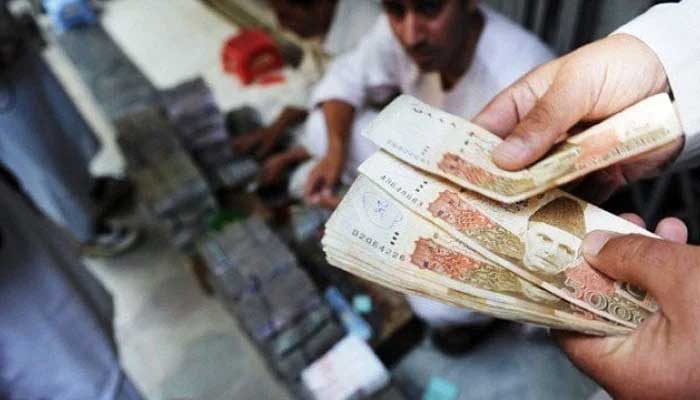[ad_1]

On November 8, 2016, the government of India invalidated the 500 and 1,000 rupee notes with the goal of achieving three main objectives: curbing black money, combating corruption, and addressing the issue of counterfeit currency. The immediate aftermath of demonetization saw a decline in India’s GDP growth rate, primarily due to reduced consumer spending and disrupted supply chains.
Demonetization in India led to a sudden and severe cash shortage, disrupting economic activities, particularly in the informal sector, where cash transactions are prevalent. The informal sector, which relies heavily on cash transactions, faced job losses as businesses struggled to cope with the cash crunch and reduced demand. Sectors such as agriculture and small businesses that rely on cash transactions were hit hard by demonetization.
India’s vast informal economy, which relies heavily on cash, suffered a significant blow as transactions became more challenging and expensive. Small and medium-sized enterprises (SMEs) faced difficulties in managing their cash flow, with many being unable to pay their employees and suppliers on time.
The sudden demonetization created uncertainty and financial stress for individuals and businesses alike, with long queues at banks and ATMs becoming a common sight. Ordinary citizens faced hardships as they had to stand in long lines to exchange old currency notes or withdraw cash from ATMs. Many had to endure hours of waiting.
Most notably, despite the government’s intentions, demonetization did not produce the anticipated results in curbing black money, as a substantial portion of unaccounted wealth reportedly found its way into foreign currencies or was deposited in banks through various means.
Yes, demonetization provides a temporary disruption to corruption, yet it fails to tackle the underlying causes of corruption, namely weak institutions and a lack of transparency. Without the implementation of comprehensive anti-corruption reforms, corrupt practices tend to resurface sooner rather than later. In cases where governments fail to effectively combat corruption, they often resort to demonetization as a drastic measure to address the issue. There is, however, no evidence supporting the efficacy of demonetization in combating corruption.
The goal is to combat corruption rather than disrupting economic activities and supply chains. The aim is not merely to address corruption temporarily but to establish a sustainable, long-term solution to this pervasive issue.
In conclusion, India’s demonetization of the 500 and 1,000 rupee notes in 2016 had far-reaching, largely negative implications. While it aimed to curb black money and combat corruption the immediate aftermath saw a serious disruption in economic activities, particularly within the informal sector. India’s GDP, as a consequence, declined. The impact on small businesses, agriculture, and individuals was substantial, with long queues at banks and ATMs.
Despite these disruptions, the intended objectives of reducing black money and corruption did not materialize as expected. Ultimately, the lesson from India’s demonetization experience is that addressing corruption and unaccounted wealth requires sustained efforts, comprehensive anti-corruption reforms, and a focus on long-term solutions that do not unduly disrupt the economy and the lives of citizens.
The writer is a columnist based in Islamabad. He tweets/posts @saleemfarrukh and can be reached at: [email protected]
Disclaimer: The viewpoints expressed in this piece are the writer’s own and don’t necessarily reflect Geo.tv’s editorial policy.
Originally published in The News
[ad_2]
Source link






